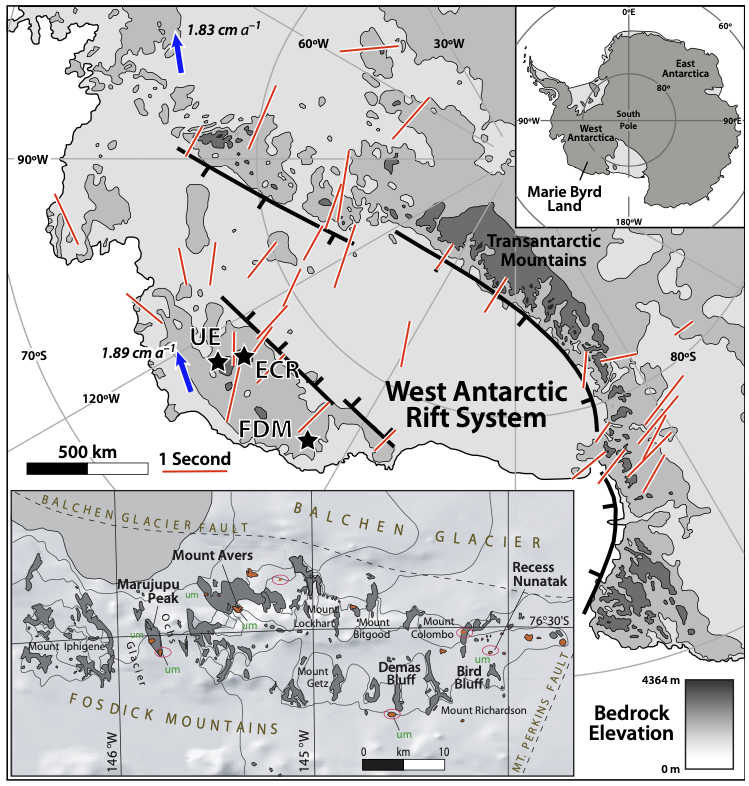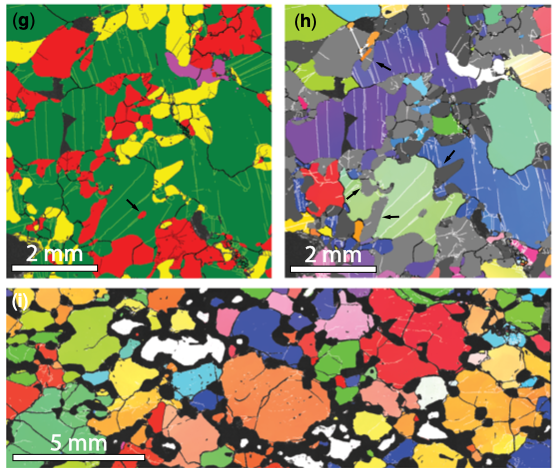
We report on the petrology, microstructure and seismic properties of 44 peridotite xenoliths extracted from the upper mantle beneath Marie Byrd Land (MBL), West Antarctica. The aim of this work is to understand how melt-rock reaction, refertilization, and deformation affected the seismic properties (velocities, anisotropy) of the West Antarctic upper mantle, in the context of MBL tectonic evolution and West Antarctic Rift System formation. Modal compositions, mineral major element compositions, microstructures, and crystallographic preferred orientations (CPOs) provide evidence for diachronous reactive melt percolation and refertilization. Olivine shows three main CPO patterns, the A-type, axial-[010], and axial-[100] texture types. Average seismic properties of the MBL mantle lithosphere are mainly controlled by the strength of olivine crystallographic texture. Reactive melt percolation and refertilization likely modified seismic velocities and anisotropy, as is suggested by a systematic decrease in maximum P-wave and S-wave anisotropies with increasing modal abundance of pyroxene. At larger spatial scales, the seismic properties of the MBL mantle xenoliths are dominated by the anisotropy resulting from the A-type olivine CPO. Variations between individual volcanic centrees, however, attest to spatial variations in the mantle structure, potentially related to 3D deformation and the prolonged tectonic history of MBL.
![]()

